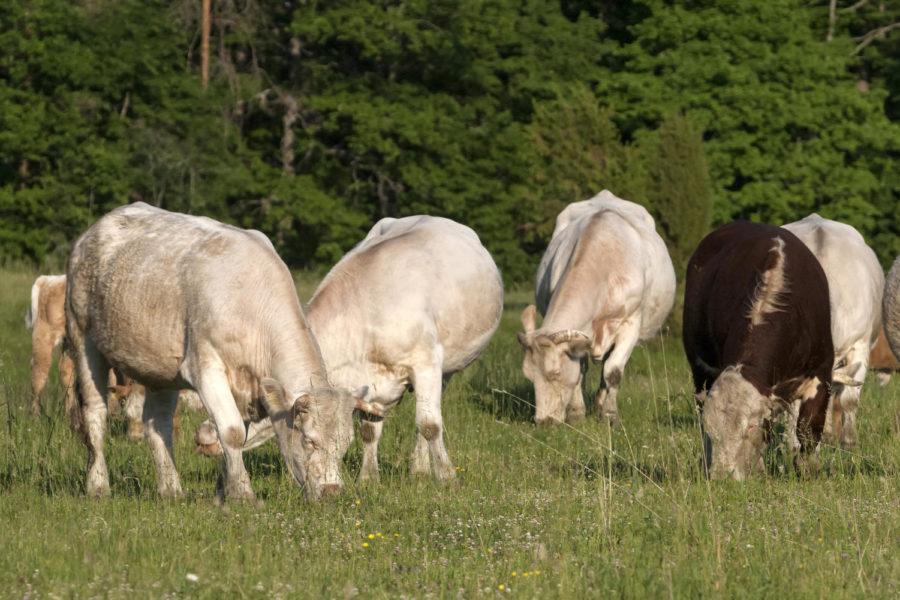Schmitt: The Biden administration says it’s protecting animal agriculture, as it should
November 7, 2021
As international leaders concluded the first week of the COP26 climate summit in Glasgow, Scotland, President Joe Biden made new proposals to curb the nation’s methane emissions in the gas and oil industry, but where does that leave the agricultural sector?
In the EPA’s proposal, the agency introduced the Clean Air Act rule that would result in “cost-effective reductions in methane emissions and other health-harming air pollutants that endanger nearby communities.” However, the Biden administration’s new rule left animal agriculture off of the docket of regulations. In fact, animal agriculture was not brought up at the summit at all for regulations.
Noticing this, animal rights groups protested the summit, calling for the banning of animal agriculture as the primary solution to combat climate change.
There is no denying that methane makes up about 10 percent of U.S. greenhouse gas emissions, where nearly 30 percent of methane emissions come from biological functions of ruminant animals (a.k.a., cow burps). But while cattle, a common methane emitter, add to the tons of greenhouse gases released into the atmosphere, should it be treated the same?
Frank Mitloehner, a professor at the University of California, Davis CLEAR Center, wrote that while methane is 28 times more potent than carbon dioxide, it breaks down differently in the atmosphere through the biogenic carbon cycle. This form of methane stays in Earth’s atmosphere for about 12 years versus the thousand of years carbon exists, it is also derived from atmospheric carbon, such as CO2, where it eventually returns to the atmosphere as carbon dioxide, making it recycled carbon.
In the cycle, plants absorb, or sequester, CO2 into the soil, where it is stored as carbohydrates and consumed by cattle or other ruminants. After nutrients are digested, the cows release carbon compounds as methane through belching or manure. In the atmosphere, the methane is converted back to carbon dioxide after 12 years through hydroxyl oxidation.
Even if ruminant methane emissions are recyclable, that does not necessarily mean we should increase emissions. However, it shows that we may have to rethink the augment about animal agriculture and its role in the environment. Animal agriculture is not the problem. Soil and carbon absorption depends on ruminants and proper manure management, where they return valuable nutrients and organic matter to the soil, ensuring adequate fertility.
So, reducing the number of livestock produced in America is not on the docket to lower methane and other greenhouse gas emissions. Striving for sustainable practices is already a priority of the agricultural industry, so sacrificing an essential dietary food source for the sake of feeling good about the environment.
Before, I have criticized the Biden administration over biofuels and how they cast farmers aside after labeling them as leaders in climate mitigation. However, to give credit where credit is due, this was the right move by the administration.






